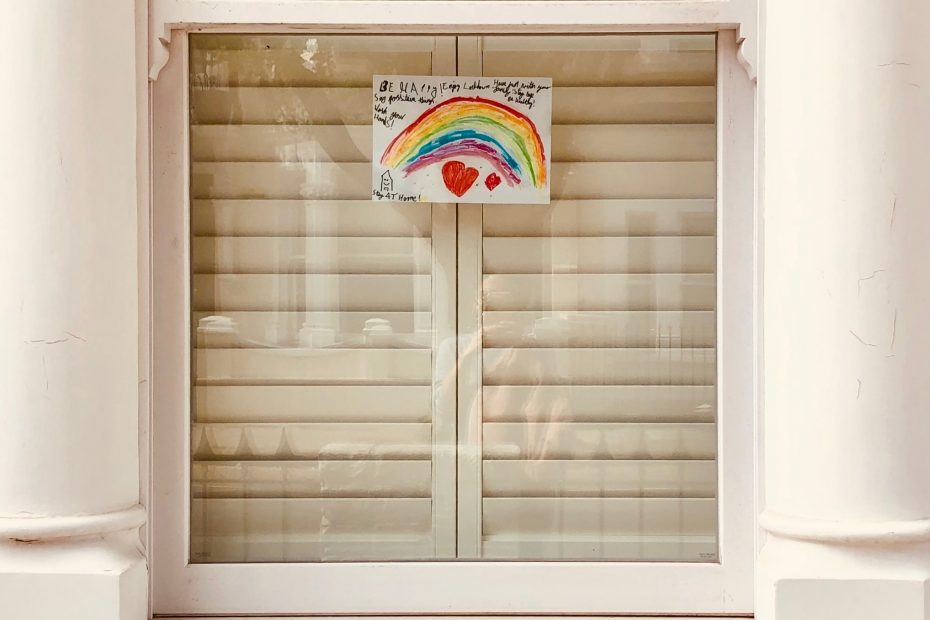By: Diane Lotto LCSW, CCTP
Originally Posted on 3 March 2021
At the start of pretty much every conversation for the next 28 days, we can expect something along the lines of “wow, this time last year…”
It is a startling reminder.
About 365 days ago, we were on the precipice of one of the most earth-shattering events the world could imagine—a full blown pandemic. One year later, here we are: over 500,000 lives lost, months of quarantines and restrictions, new vaccines, racial and social justice movements, a contentious election, remote learning; all while many of us are working from home if we were fortunate enough to not lose our jobs.
COVID fatigue refers to the phenomenon that many of us have experienced—we are utterly exhausted by the current state of affairs. The long winter months mean we have spent too much time in front of screens, not enough time outside, and we are likely absorbing way too much media for our brains to process. The winter COVID surge was traumatizing for many of us—especially in New York, it harkened back to the dark days of March, April and May when we were completely under siege. We are tired of not seeing friends and family, missing out on holidays, birthdays and important milestones. We are tired of having to manage work, personal life, children and spouses in the confines of our own homes with few places to go to breathe for a minute on our own. We are tired.
But the $64,000 question lingers: What does COVID (and COVID fatigue) mean for our mental health? The short answer—we can guess, but we aren’t totally sure.
We know that COVID has presented an ambiguous and collective trauma response across the board.
The “collective” aspect of the trauma means we are all experiencing it, though clearly there are varying degrees to which people have experienced this. Families who have lost loved ones due to COVID or those who experienced job loss and financial insecurities will experience this pandemic differently than the family who did not. However, even without great personal loss, our mental health can still be massively impacted especially if we already struggled with mental health symptoms. Anxiety and depression rates appear to be increasing, a greater number of substance use relapses have been reported, and the early data points to a rising suicide rate (though the suicide rate has been consistently rising).
The “ambiguous” part is more unclear, and perhaps more concerning. The lack of a distinct start and finish to this pandemic is going to be a challenge when it comes to “getting back to normal”. At the start, we slowly lost our ability to connect with the outside world in familiar ways. I think of my client who had started dating someone new but had to break it off because of the pandemic. Or my clients who have had to cancel their weddings. Or those of us who have missed out on attending funeral services for loved ones. While not overtly traumatizing when considered individually, it becomes more concerning when occurring with the backdrop of the pandemic. Looking to the future: what of our relationships with friends when, as individuals, we have changed so drastically since last March? What do we do with our family members who refuse to observe continued safety protocols? What about our children who have missed out on proms, graduations and other important milestones? Many of these losses are not ones we can quickly recoup. Without any real template for how humans have adapted to this in the past, we are left with uncertainty as to what the long-term implications are.
When is it time to heal?
Healing is a process. It is not linear nor is it predictable. For some of us, healing comes in the forms of sticking close to the supports we have—whether in small “pods” or virtually. Or for others, particularly therapists, we get great comfort in the process of helping others. But what of the people around us who are isolated from their supports, whether physically or emotionally?
Collective trauma means collective healing. Ambiguous trauma means ambiguous healing. Healing from the pandemic is not going to be a clear, individualized task. It must be collective. Reaching out to our friends who we haven’t heard from as often, checking on our neighbors, volunteering if we can, or donating money if we are able.
And time.
These are not clear tasks—we will not “check the box” and move on. It is not going to be overnight. Or in a week or a month. We must dedicate ourselves to the time and energy it takes to promote healing in our communities on a personal level. Our children need love and patience. Our families need compassion and caring. Our neighbors need consideration and grace.
And our souls—they need true rest and time for healing.
